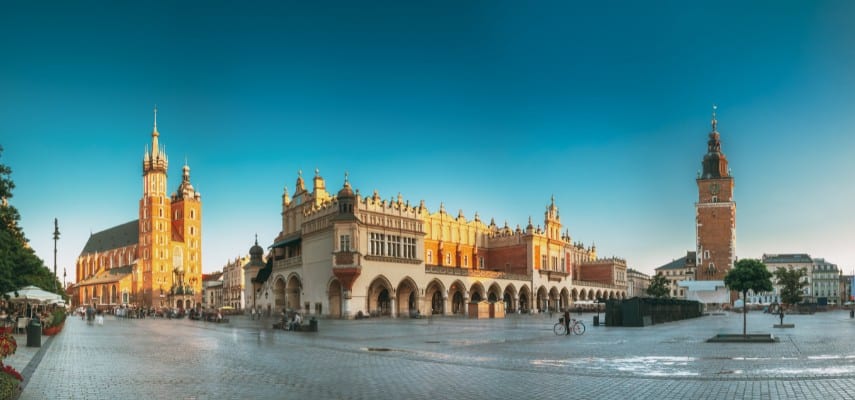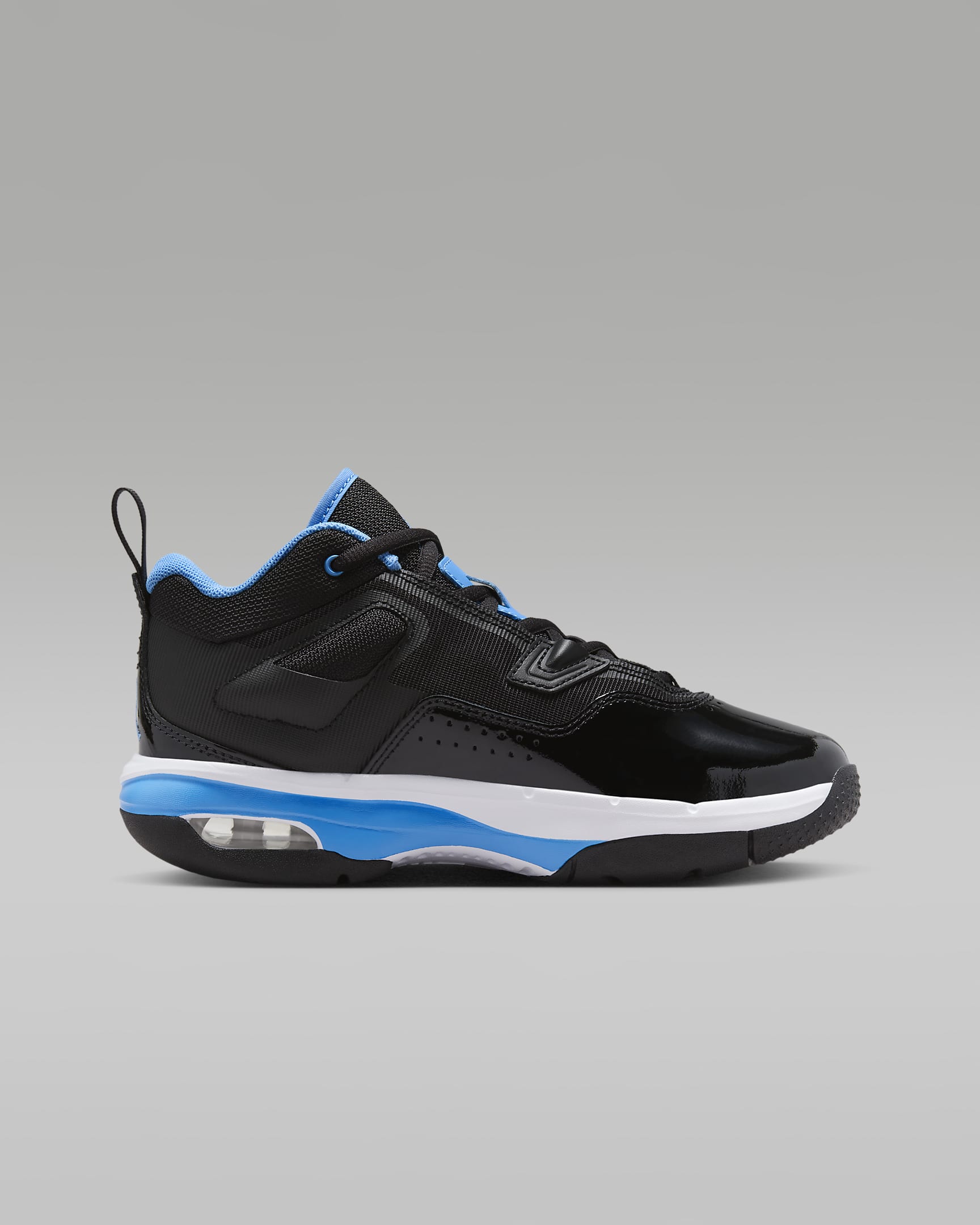
Poland, a land steeped in a rich and often tumultuous history, has emerged as a vibrant and captivating destination for travelers seeking a blend of ancient wonders, burgeoning modernity, and heartwarming hospitality. From the majestic Baltic coast to the rugged Tatra Mountains, Poland offers a diverse array of experiences, and where you choose to stay will significantly shape your journey through this captivating Central European gem. This comprehensive guide will delve into the heart of Poland, exploring its top attractions, delving into its compelling history, offering practical travel tips, outlining accommodation options, navigating transportation, and pinpointing the best times to visit, ensuring your Polish sojourn is nothing short of extraordinary.
A Glimpse into Poland’s Enduring Past
Poland’s history is a saga of resilience, artistic brilliance, and profound cultural shifts. Its existence as a sovereign nation has been punctuated by periods of grandeur, partition, and occupation, each leaving an indelible mark on its landscape and psyche.
Related Articles about Poland: A Tapestry of History, Culture, and Unforgettable Stays:
- The Ultimate Guide to Miami: Sun, Culture, and a Vibe Like No Other
- Phuket: Your Ultimate Guide to the Pearl of the Andaman Sea
- Johannesburg: A City of Gold, Grit, and Growth – Your Comprehensive Travel Guide
- Hungary: A Tapestry of History, Beauty, and Unforgettable Experiences
- Chile: A Land of Extremes – Where to Stay, What to See, and How to Experience It All
- The Piast Dynasty and the Kingdom of Poland (10th – 16th centuries): The foundations of the Polish state were laid by the Piast dynasty, culminating in the establishment of the Kingdom of Poland. This era saw the adoption of Christianity, the development of a distinct Polish culture, and the rise of influential rulers like Casimir the Great.
- The Polish-Lithuanian Commonwealth (16th – 18th centuries): This vast and powerful state, a unique union of two nations, was a beacon of religious tolerance and a significant player in European politics. Its aristocratic democracy, while innovative, eventually contributed to its decline.
- The Partitions of Poland (late 18th century): Tragically, Poland was divided and absorbed by its powerful neighbors – Russia, Prussia, and Austria – for over a century. This period of statelessness fostered a strong sense of national identity and a deep yearning for independence.
- The Interwar Period and the Second Polish Republic (1918 – 1939): Poland regained its independence after World War I, embarking on a period of rebuilding and cultural flourishing. However, this fragile peace was shattered by the outbreak of World War II.
- World War II and the Communist Era (1939 – 1989): Poland bore the brunt of Nazi Germany’s invasion and suffered immense devastation. Following the war, it fell under Soviet influence, becoming a communist state. Despite the hardships, the Polish spirit of resistance and dissent remained.
- The Solidarity Movement and the Fall of Communism (1980s onwards): The emergence of the Solidarity trade union, led by Lech Wałęsa, played a pivotal role in the peaceful dismantling of communist rule across Eastern Europe.
- Modern Poland: Since 1989, Poland has undergone a remarkable transformation, embracing democracy, market economics, and joining NATO and the European Union. It is now a dynamic and prosperous nation, proud of its heritage and looking towards the future.
Unveiling Poland’s Top Attractions: Where to Begin Your Exploration
Poland’s appeal lies in its diverse landscapes and rich historical tapestry. The choice of where to stay often dictates the experiences you’ll have.
1. Kraków: The Royal City of History and Charm
- Why Stay Here: Kraków, the former royal capital, is arguably Poland’s most beloved tourist destination. Its remarkably preserved Old Town, a UNESCO World Heritage site, is a labyrinth of cobblestone streets, magnificent churches, and bustling squares. It exudes an enchanting atmosphere that captivates every visitor.
- Top Attractions:
- Wawel Royal Castle: Perched on a hill overlooking the Vistula River, this iconic castle complex was once the seat of Polish kings. Explore its opulent state rooms, the cathedral, and the dragon’s den.
- Main Market Square (Rynek Główny): One of the largest medieval squares in Europe, it’s the heart of Kraków, adorned with the Cloth Hall (Sukiennice), St. Mary’s Basilica, and numerous charming cafes and restaurants.
- Kazimierz (Jewish Quarter): A vibrant and historically significant district, Kazimierz offers a poignant glimpse into the city’s Jewish heritage, with its synagogues, cemeteries, and lively atmosphere.
- Schindler’s Factory: Now a museum, this former enamel factory chronicles the story of Oskar Schindler and the fate of Jews in Nazi-occupied Kraków.
- Wieliczka Salt Mine: A UNESCO World Heritage site just outside Kraków, this ancient salt mine is an underground wonderland of chapels, statues, and even a cathedral, all carved from salt.
- Accommodation: Kraków offers a vast range of accommodation, from luxury hotels in historic buildings to charming boutique guesthouses and budget-friendly hostels, particularly in the Old Town and Kazimierz.
2. Warsaw: The Resilient Capital of Modernity and History
- Why Stay Here: Warsaw, Poland’s current capital, is a testament to resilience and rebirth. Devastated during World War II, it has been meticulously rebuilt, boasting a stunning Old Town that was recreated brick by brick. It’s a dynamic city where history meets a thriving modern metropolis.
- Top Attractions:
- Old Town (Stare Miasto): Another UNESCO World Heritage site, Warsaw’s Old Town is a charming replica of its pre-war self, with colorful tenement houses, the Royal Castle, and Market Square.
- Royal Castle: The former residence of Polish monarchs, meticulously reconstructed after the war.
- Łazienki Park: A sprawling and beautiful royal park, home to the Palace on the Isle, an amphitheater, and abundant wildlife.
- Warsaw Uprising Museum: A powerful and moving museum dedicated to the heroic but tragic Warsaw Uprising of 1944.
- Palace of Culture and Science: A controversial but iconic Soviet-era skyscraper offering panoramic views of the city.
- Accommodation: Warsaw provides a wide spectrum of accommodation, from international hotel chains in the city center and business districts to boutique hotels and apartments in more residential areas.
3. Gdańsk: The Hanseatic Gem of the Baltic Coast
- Why Stay Here: Gdańsk, a major port city on the Baltic coast, boasts a rich maritime history and a beautifully restored waterfront. It’s a city of grand architecture, maritime heritage, and the birthplace of the Solidarity movement.
- Top Attractions:
- Długi Targ (Long Market): The picturesque main street of the Old Town, lined with ornate merchant houses, the Neptune Fountain, and the Artus Court.
- St. Mary’s Church: One of the largest brick churches in the world, offering breathtaking views from its tower.
- The Crane (Żuraw): A medieval port crane that has become a symbol of the city.
- European Solidarity Centre: An inspiring museum dedicated to the Solidarity movement and the struggle for freedom.
- Westerplatte: The site where World War II began, now a memorial.
- Accommodation: Gdańsk offers hotels along the waterfront, in the historic center, and in more modern districts. You’ll also find guesthouses and apartments.
4. Wrocław: The City of Bridges and Dwarfs
- Why Stay Here: Wrocław, often called the "Venice of Poland," is a vibrant university city with a beautiful Market Square, numerous islands, and a delightful quirkiness – its hundreds of dwarf statues scattered throughout the city.
- Top Attractions:
- Market Square (Rynek): A stunning Gothic square featuring the Old Town Hall and colorful burgher houses.
- Ostrów Tumski (Cathedral Island): The oldest part of the city, with its magnificent cathedral and atmospheric streets.
- Centennial Hall: A UNESCO World Heritage site, an impressive example of early 20th-century modernist architecture.
- Racławice Panorama: A massive cycloramic painting depicting the Battle of Racławice.
- Dwarf Hunting: A fun and engaging activity, searching for the numerous small dwarf statues dotted around the city.
- Accommodation: Wrocław has a good selection of hotels, hostels, and apartments, particularly around the Market Square and in the city center.
5. Zakopane: The Mountain Resort of the Tatra Mountains
- Why Stay Here: For lovers of nature and adventure, Zakopane, nestled at the foot of the Tatra Mountains, is an idyllic escape. It’s a popular destination for hiking, skiing, and experiencing traditional Highlander culture.
- Top Attractions:
- Krupówki Street: The bustling main promenade, filled with shops, restaurants, and lively street performers.
- Gubałówka Hill: Accessible by funicular, offering panoramic views of the Tatra Mountains.
- Tatra National Park: Explore stunning hiking trails, glacial lakes, and breathtaking peaks like Rysy.
- Traditional Wooden Architecture: Admire the unique Zakopane style of architecture.
- Skiing and Winter Sports: Zakopane is a premier destination for skiing and snowboarding in winter.
- Accommodation: Zakopane offers a wide array of accommodation, from cozy guesthouses and mountain chalets (pensjonaty) to hotels and apartments.
Essential Travel Tips for Your Polish Adventure
- Currency: The Polish Złoty (PLN) is the official currency. While some places accept Euros, it’s advisable to use Złoty for better exchange rates. Credit and debit cards are widely accepted in cities and tourist areas.
- Language: Polish is the official language. While English is increasingly spoken in tourist hubs, learning a few basic Polish phrases (Dzień dobry – hello, Dziękuję – thank you, Proszę – please/you’re welcome) will be greatly appreciated.
- Safety: Poland is generally a very safe country for tourists. Standard precautions against petty theft in crowded areas are advisable.
- Tipping: Tipping is customary but not mandatory. In restaurants, a 10% tip is appreciated for good service. For taxis, rounding up the fare is common.
- Power Plugs: Poland uses Type E sockets (two round pins with an earthing pin). The voltage is 230V.
- Visa Requirements: Check the latest visa requirements for your nationality well in advance of your trip.
Navigating Accommodation Options in Poland
Poland offers a diverse range of accommodation to suit every budget and preference:
- Hotels: From international luxury brands to charming boutique hotels and budget-friendly chains, you’ll find hotels in all major cities and popular tourist towns.
- Apartments and Airbnb: Renting an apartment is an excellent option for families, longer stays, or those seeking a more independent experience.
- Guesthouses (Pensjonaty): These are particularly popular in smaller towns and mountain resorts like Zakopane, offering a more personal and often traditional stay.
- Hostels: For budget travelers and solo adventurers, hostels provide affordable dorm rooms and private rooms, as well as opportunities to meet fellow travelers.
- Agriturismo/Rural Tourism: In the countryside, you can find opportunities to stay on farms or in rural settings for a truly authentic experience.
Seamless Transportation Within Poland
Getting around Poland is relatively easy and efficient:
- Trains: Polish State Railways (PKP) operates an extensive network connecting major cities and towns. Trains are generally comfortable and punctual, with options for express and regional services.
- Buses: Long-distance buses are a good alternative to trains, especially for routes not well-served by rail. Companies like FlixBus operate extensively.
- Flights: LOT Polish Airlines is the national carrier, with domestic flights connecting major cities. For international travel, Warsaw Chopin Airport (WAW) and Kraków John Paul II International Airport Kraków–Balice (KRK) are the primary hubs.
- Car Rental: Renting a car offers flexibility, especially for exploring rural areas and smaller villages. Roads are generally well-maintained.
- Public Transport in Cities: Major cities have efficient public transport systems, including trams, buses, and metros (in Warsaw). Purchasing day passes or multi-day tickets is usually cost-effective.
- Taxis: Taxis are readily available in cities. It’s advisable to use reputable companies or ride-sharing apps to avoid overcharging.
The Best Time to Visit Poland: Seasons of Charm
Poland experiences four distinct seasons, each offering a unique appeal:
- Spring (April – May): Pleasant temperatures, blooming flowers, and fewer crowds make spring an ideal time to visit. The landscapes come alive, and outdoor activities become more enjoyable.
- Summer (June – August): The warmest months offer long daylight hours, perfect for exploring cities, enjoying outdoor festivals, and visiting coastal resorts. This is peak tourist season, so expect larger crowds and higher prices.
- Autumn (September – October): The fall foliage paints the countryside in stunning hues, and the weather remains mild, making it a beautiful and less crowded time to explore. Harvest festivals add to the charm.
- Winter (November – March): Poland transforms into a winter wonderland, especially in the mountains. It’s a magical time for Christmas markets, skiing, and enjoying cozy city breaks. However, days are short, and some attractions may have reduced hours.
Conclusion: Your Polish Chapter Awaits
From the historic grandeur of Kraków and Warsaw to the maritime allure of Gdańsk and the natural beauty of Zakopane, Poland offers an unforgettable journey for every traveler. The country’s captivating history, vibrant culture, and warm hospitality are best experienced by immersing yourself in its diverse regions and choosing accommodation that complements your exploration. Whether you seek the echo of ancient kings in a royal castle, the vibrant pulse of a modern metropolis, or the serenity of mountain vistas, Poland’s tapestry of experiences awaits, promising a chapter in your travel story that will be etched in memory for years to come. Plan your stay, embrace the adventure, and discover the magic of Poland.






